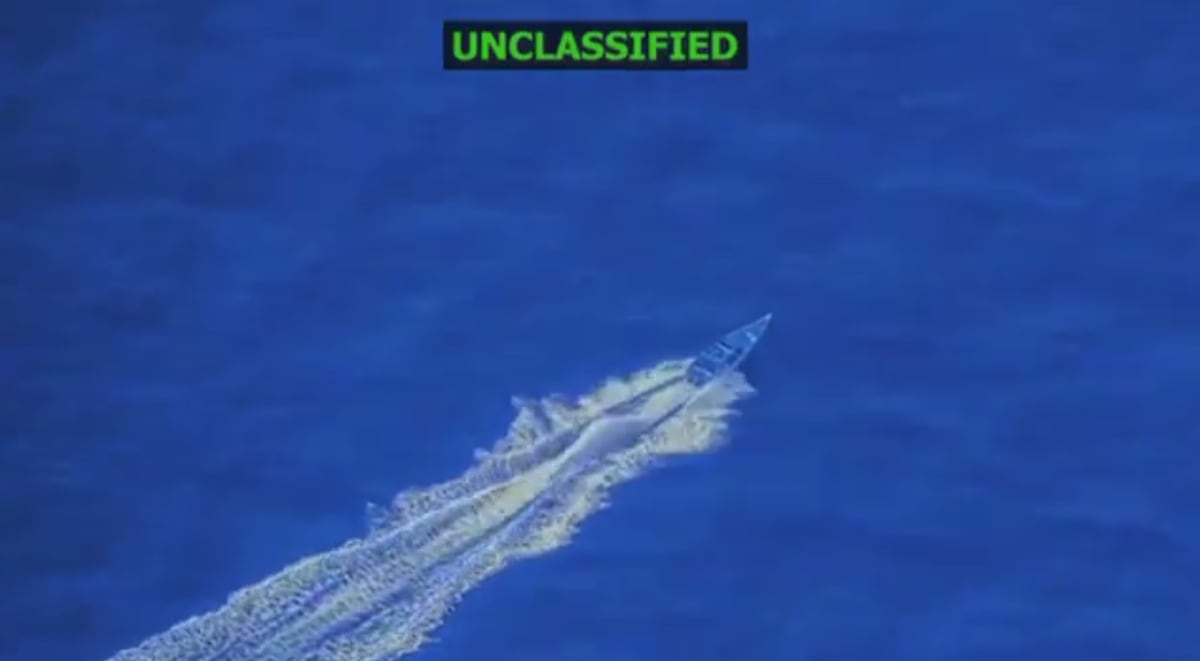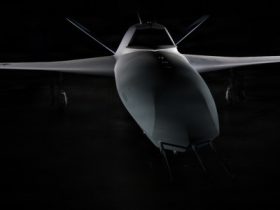CANJUERS, France — KNDS, the French-German maker of land armaments, considers its Caesar howitzer has “excellent chances” to win a U.S. Army artillery competition to replace the M777, according to the executive in charge of marketing the truck-mounted 155 millimeter cannon.
The Caesar enjoys a strong reputation among American artillery crews, who saw the gun in action in Iraq and Afghanistan, said Olivier Fort, a former French artillery colonel now with KNDS, in comments to reporters after a firing exercise at Canjuers military base in southeastern France on Monday.
KNDS earlier this month announced an agreement with Leonardo DRS to offer the Caesar to the United States. Market observers expect the Army to order around 400 self-propelled howitzers to replace the towed M777, according to Fort, who as of Monday said he hadn’t yet seen a request for proposal.
“The French Army fired in Iraq, in Afghanistan, we were on the same bases as the Americans, and the Caesar cannon has an excellent reputation among American artillerymen,” Fort said. “Iraq was the operation during which we fired the highest proportion of shells at very, very long range – and that’s the real challenge for the weapon.”
French Caesar crews fired 18,000 shells in Iraq, with 70% of shots fired with five or six propellant charges, according to data provided by KNDS. Six propellant charges is the maximum for the 52 caliber gun, and allow the French-built howitzer to fire at a range of 40 kilometers.
KNDS has received total orders from more than 720 Caesar howitzers from 14 countries, according to Fort, including around 120 of the truck-mounted guns delivered to Ukraine.
The gun exists in versions mounted on six- or eight-wheeled trucks, and the company is developing a Mark II version of the six-wheeled variant with upgraded cabin armor and a more powerful engine that will be delivered to the French Army starting in 2027.
KNDS sent its Caesar howitzer to participate in an artillery shoot-off competition organized by the U.S. Army in 2021, which also featured competitors including Elbit’s Atmos wheeled howitzer and BAE Systems’ Archer.
Fort said KNDS has an advantage these days, which is that Caesar is currently the only truck-mounted cannon deployed in Ukraine, besides the domestically developed Bohdana. That has been a “considerable opportunity,” as the company has been able to constantly improve its gun based on Ukrainian feedback, the executive said.
The upcoming U.S. Army competition should be more limited than in 2021, with a very small number of cannons, though the process changes frequently, Fort said. He said Elbit remains a competitor, as well as BAE Systems, while KNDS Germany will enter the competition with the RCH 155. He said Rheinmetall will probably also be there, possibly in cooperation with Elbit.
“In fact, the United States has such a vast artillery that it has multiple needs,” Fort said. “If today we think they want to replace the M777, maybe tomorrow they will want to replace the M109 as well.”
The U.S. wants the cannons to be produced domestically by an American company, which is why KNDS partnered with Leonardo DRS, according to Fort. He noted the examples of Elbit America and American Rheinmetall, as well as Hanwha trying to establish itself in the U.S.
Leonardo DRS “is a very large American company that is no less American than any other,” Fort said. “With this partnership with Leonardo DRS, we have the same opportunities as the others.”
He said that for the U.S. Army, the Caesar system including the barrel would be manufactured in the United States.
Unlike in Iraq, where French forces used very long-range fires, many artillery crews in Ukraine use fewer than the maximum number of propellant charges to spare their cannons, as there’s no guarantee they’ll be able to get replacement barrels quickly, according to Fort. That means a Ukrainian Caesar crew may use three or four propellant charges, rather than five or six, he said.
The U.S. is looking at what technical lessons can be learned from Ukraine, rather than tactical ones, as the Americans believe they have their own way of fighting with air assets and air defenses that is different from Ukraine, according to Fort.
“They are currently looking very closely at Ukraine’s technical teachings,” Fort said. “And so they have seen, and we remind them of this too, that in terms of the weapon itself, Iraq was much more demanding.”
Rudy Ruitenberg is a Europe correspondent for Defense News. He started his career at Bloomberg News and has experience reporting on technology, commodity markets and politics.
Read the full article here








Leave a Reply